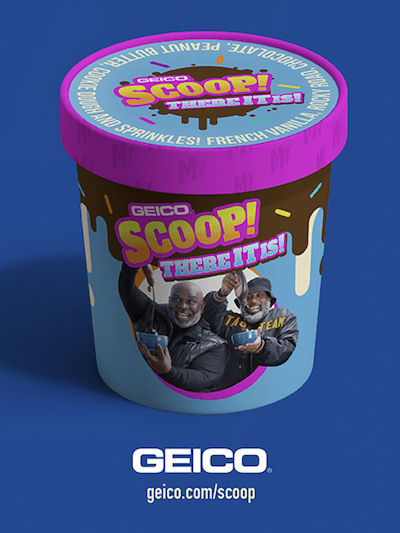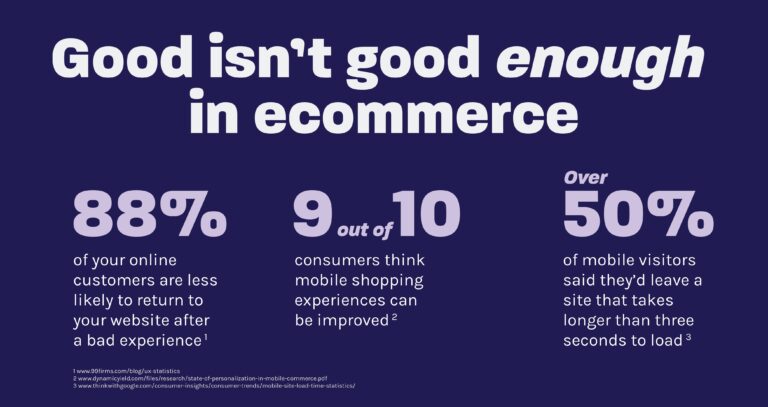Walmart’s word count requirement varies by category, but they recommend including at least 150 words in your descriptions, and 3-10 key features about the product. Consider the reasons shoppers would be interested in your product, and be sure to include all the supporting information they need to be confident it meets their needs.
Some areas you’ll want to focus on include:
“I couldn’t be more excited for Walmart’s transition to a second price auction. This transition will result in a number of benefits, including less wasted media dollars, a better understanding of competitive bid levels, and an opportunity to scale performance while more effectively controlling return. Not only that, but this puts Walmart more in line with its industry peers, thus allowing for cross-channel strategies and tactics to better translate.”
- Advertisers no longer have to fear they are bidding more than was required to win the auction for a given keyword
- Similarly, advertisers who were so fearful of overpaying that they routinely underbid (and missed out on valuable traffic) can now more confidently place the necessary bid amounts needed to win the auction (without wasted ad spend)
Earning high ratings and product reviews takes more time than enriching your product details, but is a crucial component of success. When shoppers aren’t able to personally examine an item, they must rely on previous shoppers’ experiences to help them determine if it’s a smart purchase.
While using the right keywords plays a big role in helping shoppers find your listings, high-resolution photos and videos are just as essential to securing a sale. Ensure your hero image—the image visible on the search results page—is both clear and informative. Additional images and rich media elements that shoppers can view once they click into your page should show the item from a variety of angles, with both product and lifestyle imagery, if applicable.
Properly categorizing your products is always important, but even more so on websites as large as Walmart.com. Choose the most accurate categories for each of your products to increase discoverability, and improve the user experience for shoppers.
The Difference Between First-price and Second-price Auctions
We first shared news of the upcoming auction model change in our recent post focused on Walmart Sponsored Products search-relevancy enhancements, game-changing updates that impact the ad-serving criteria for search and browse in-grid placements.
When an advertiser wins the bid in first-price auctions, they are charged whatever they submitted as their highest bid, regardless of the amount of the next-highest bid.
The Walmart Connect team has been busy the past two years, bringing forth a laundry list of advertising opportunities for brands big and small, including: building their own Walmart DSP; launching Walmart Display Self-Serve Advertising; search relevancy enhancements; and of course, the switch to a second-price auction model.
Walmart’s Advanced Second-price Auction Considers More than Bids
In a second-price auction—the model used by eBay and Amazon, among others—the highest relevant bidder is still the winner, but they may not have to pay the highest amount they were willing to pay. With this popular auction model, the winning bidder will often pay just slightly over the next-best competitor’s bid (ex. Ensure your product title includes the most relevant keywords in order of priority. Product titles should read naturally to shoppers, and mention the key elements needed to confidently click (ie. brand, color, model number, item count).
Product Listing Optimization Can Improve Ad Positioning
Source
- Improve your relevance for the most important and valuable search queries
- Increase your chances of surfacing organically and through ads
- Help effectively secure the sale by providing shoppers with all the necessary information they need to confidently make a purchase
- Reduce return rates because customers better understood exactly what they were ordering
Walmart will also determine the actual ad positioning based on product relevance, among other factors. If you haven’t already, it’s time to ensure you’ve fully-optimized your Walmart product listings to help:
Product Titles
Walmart’s advanced second-price auction model for Sponsored Products and Search Brand Amplifiers will officially launch on June 6, 2022. The retailer’s plan to transition from a first-price auction to a second-price auction has been a hot topic amongst advertisers since the news first broke, but is making bigger waves as the official transition date nears.
In first-price auctions, also known as blind auctions, advertisers submit their highest bid, or the highest price they’re willing to pay for an ad impression. This bid is submitted without any knowledge of how high or low other advertisers are simultaneously bidding for that same impression.
Product Descriptions & Attributes
Check back in coming weeks to learn about more exciting news on the Walmart advertising front, or reach out to chat with an expert today!
Additionally, selecting all the relevant attributes for your product can improve its visibility when shoppers apply filters to narrow their search.
Product Categorization
The auction model change builds on the opportunities those updates unlocked in two key ways:
Images & Rich Media
But…they’re not done yet.
Ratings & Reviews
Rich media examples include: product manuals, charts and infographics, size charts, how-to demonstrations, 360-degree spins, product videos, and more.
— Stuart Clay, Associate Director of Strategic Marketplace Services at Tinuiti
Walmart Has More in Store for 2022
In Walmart’s advanced second-price auction, the simplified “one penny more” rule will not be at play. Instead of only calculating the final price based on bid amounts, Walmart will also consider how relevant an item is for a given search.
Be sure to include the most important information about an item in the title, while also being mindful not to keyword stuff; ideally product titles shouldn’t exceed 75 characters.
Remember that customers are not only reviewing the item itself, but also their overall shopping experience with your business. Aim to consistently provide quality products and a high level of service, and your ratings and reviews will benefit over time.




![Gmail Ads Rolling into Discovery Ads [Everything You Need To Know]](https://research-institute.org/wp-content/uploads/2021/02/gmail-ads-rolling-into-discovery-ads-everything-you-need-to-know-768x376.jpg)